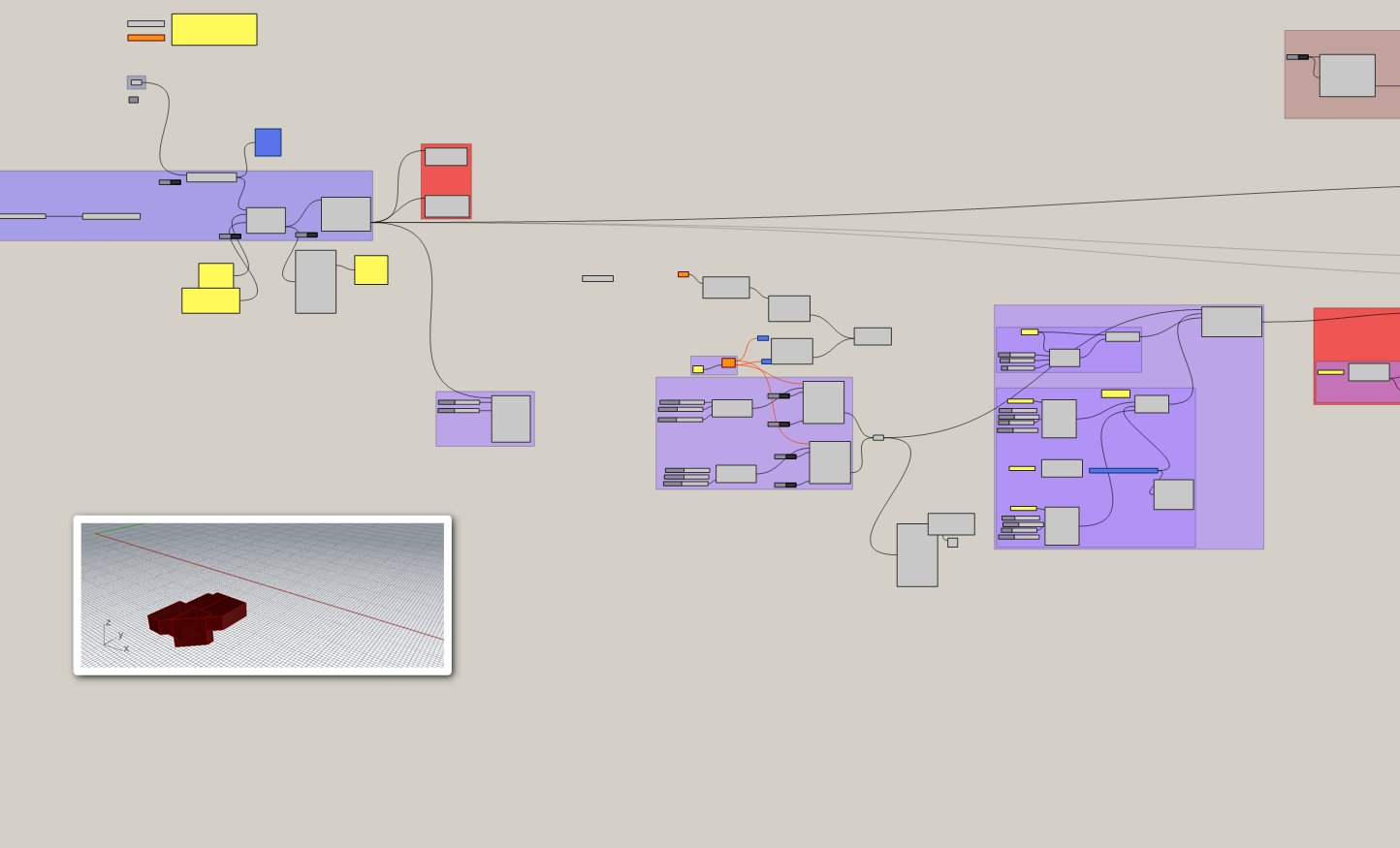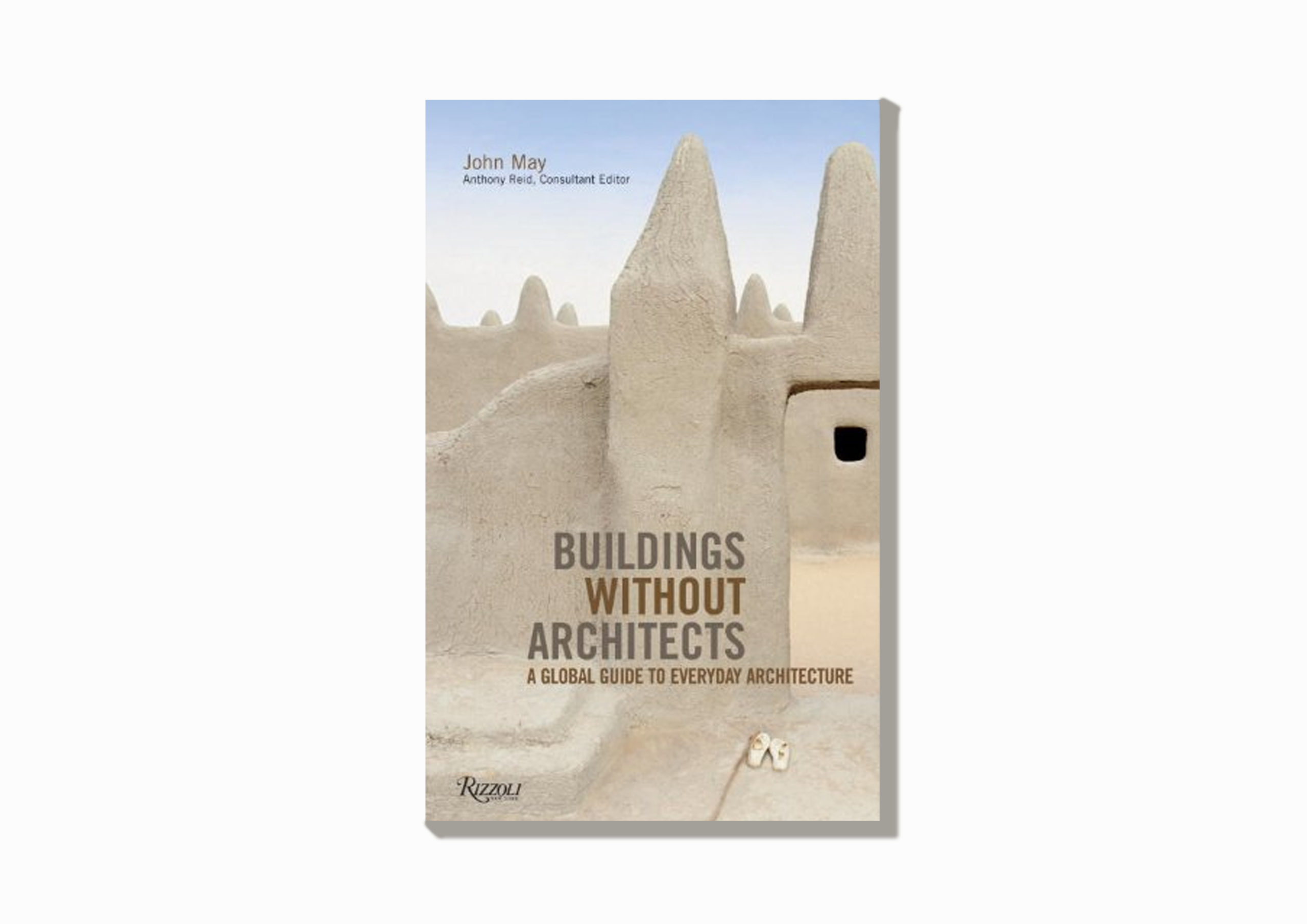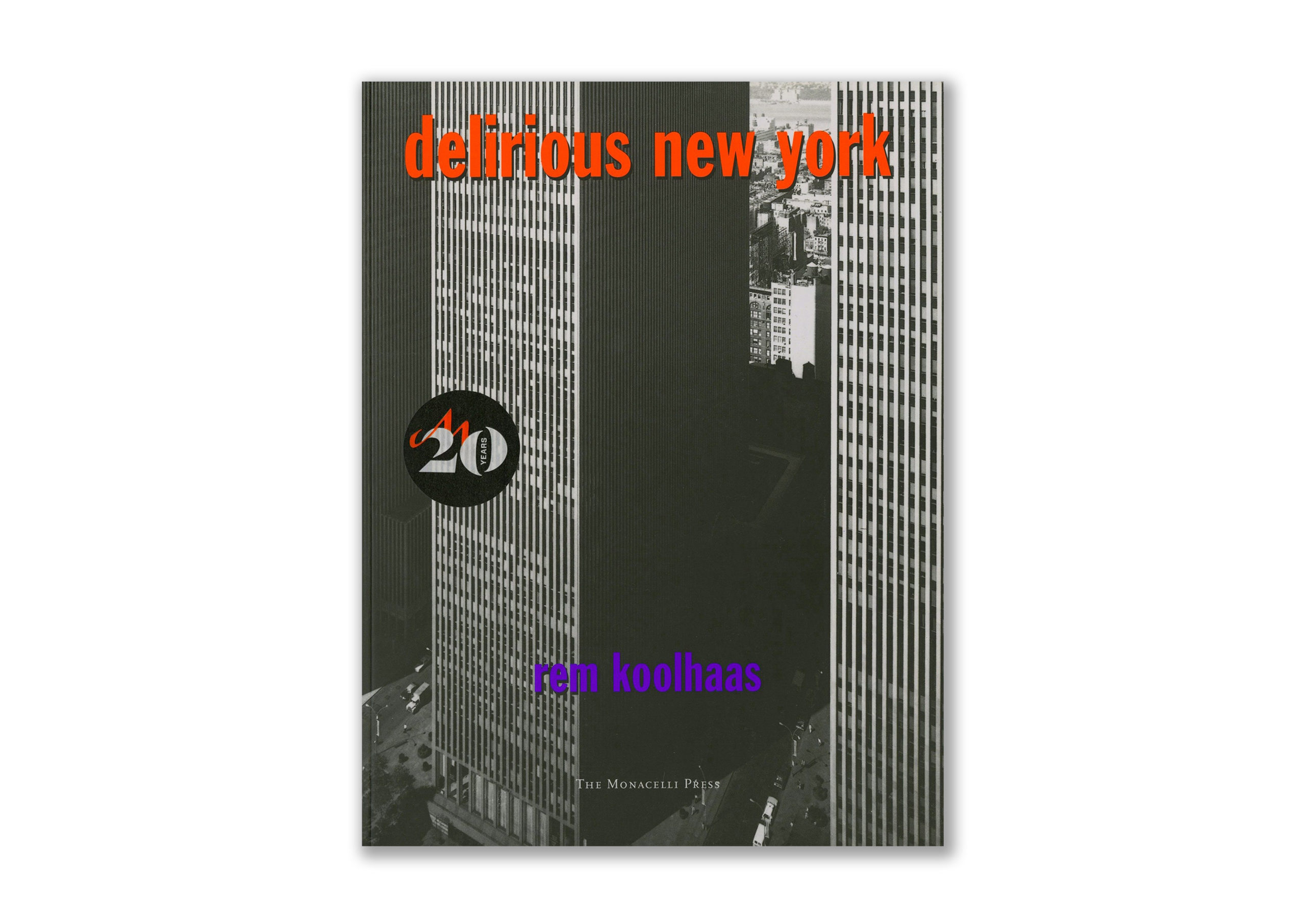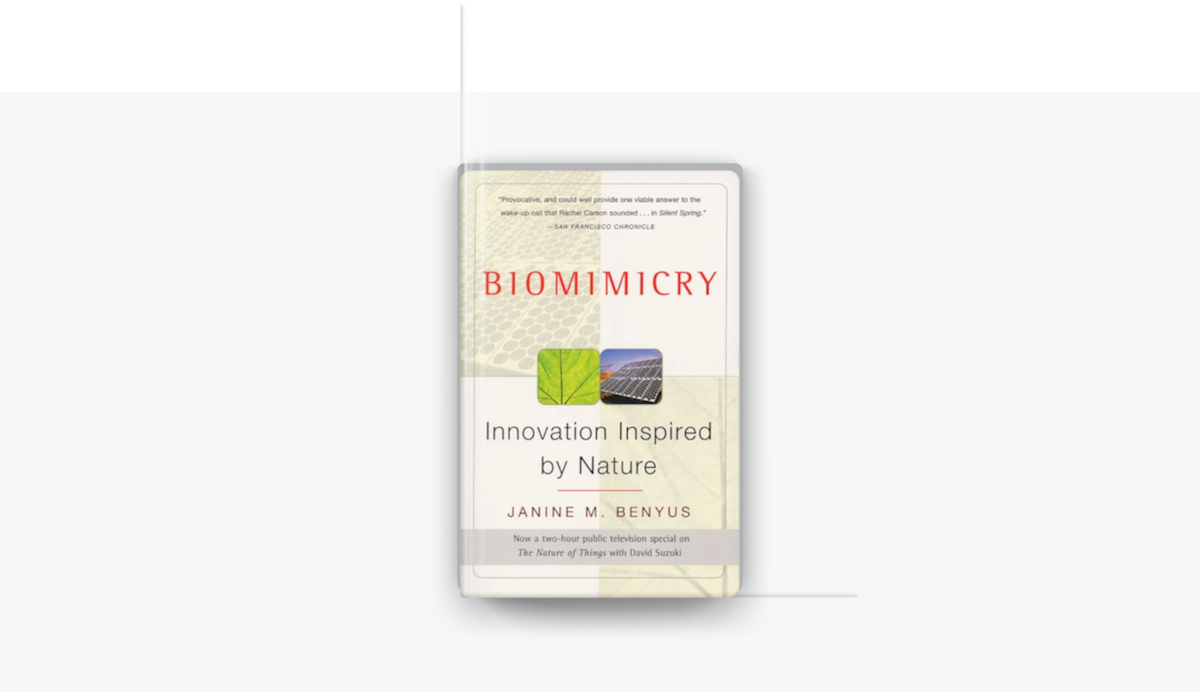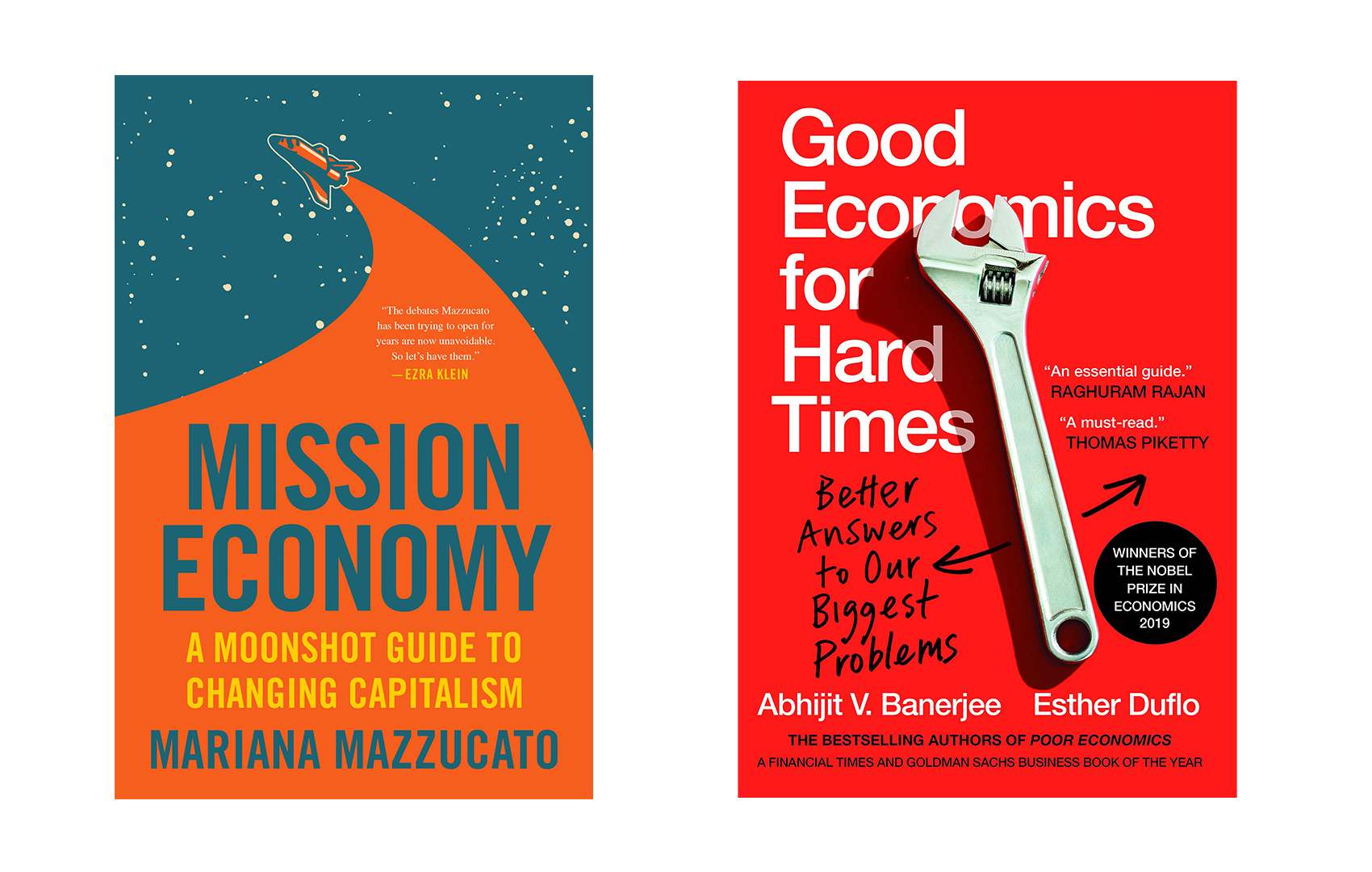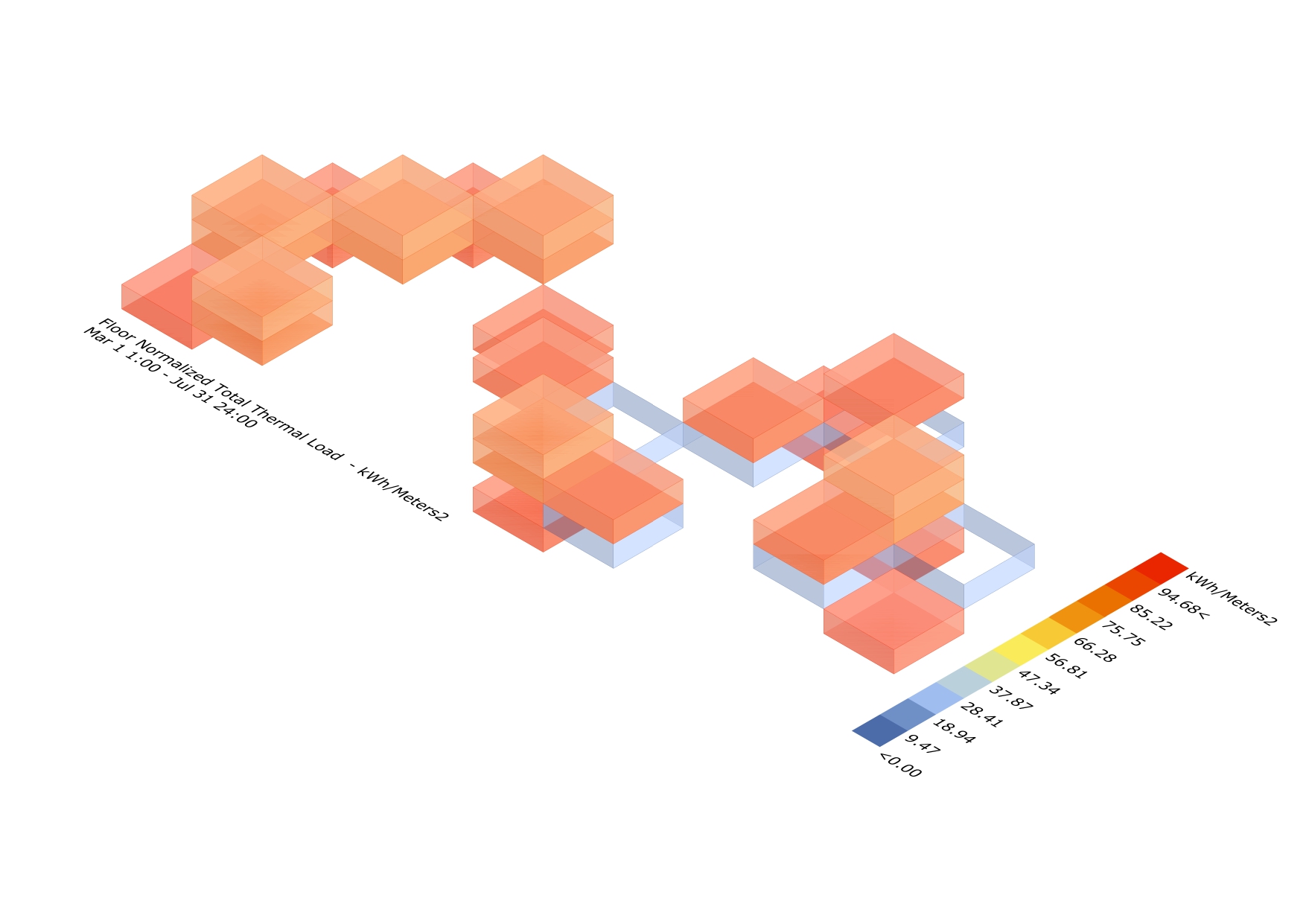During the first six months in the program, students are comprehensively trained in the principles of design and construction of advanced ecological buildings through a series of focused and intense modules, which include material production, thermal and metabolic building systems, ecological structures and façade systems and much more. After developing the necessary skills and a holistic understanding of advanced and ecological design, students collectively draft and build a full scale ecological building prototype.
Tabrizian Tapestry _ Metabolic Systems Energy
Tabrizian Tapestry becomes a self-sufficient building with the usage of photovoltaic cells on the roof’s building. Simultaneously, the cell’s surface function as rain water collecting area. CLIMATE ANALYSIS:
Tabrizian Tapestry: Ecosystemic Structures
We believe in creating structures that not only meet functional requirements, but also celebrate and pay homage to local architectural traditions. With this in mind, we have taken inspiration from the iconic domes of Iran and integrated them into our design. Our building incorporates a unique bazaar on the ground floor, featuring a series of … Read more
Tabrizian Tapestry: Resilient Envelopes
In terms of implementing the concept of Resilient envelopes in Tabrizian Tapestry, the envelopes have been developed, driven by specific sustainable constructive systems, and integrating materiality with specific origin and composition, as well as ample room for maneuver in terms of performativity, recyclability, bio-degradability, longevity. Advanced CLT balloon frame with Brick facade clad in north … Read more
BUILDINGS WITHOUT ARCHITECTS: A Global Guide to Everyday Architecture by John May | Ecological Thinking
This blog is a review of the book, Buildings without Architects: A Global Guide to Everyday Architecture by John May. The book is a culmination of 60+ different styles of vernacular architecture ranging from different materials and different regions of the world. “Architecture should speak of its time and place, but yearn for timelessness.” – … Read more
DELIRIOUS NEW YORK: A Retroactive Manifesto for Manhattan by Rem Koolhaas | Ecological Thinking II
This blog is a review of the book “Delirious New York” written by Rem Koolhaas. “The future is no longer about power, but about bandwidth.” Rem Koolhas Rem Koolhaas wrote a novel titled “Delirious New York” that outlines the evolution and background of Manhattan’s design and urbanism. Koolhaas wrote this book because he desired to … Read more
BIOMIMICRY in ARCHITECTURE by Michael Pawlyn | Ecological Thinking II
This blog is a review of Michael Pawlyn’s book, Biomimicry in Architecture. “Biomimicry is a powerful innovation tool that allows architects to go beyond conventional approaches to sustainable design and deliver transformative solutions we need.”-Michael Pawlyn The book “Biomimicry in Architecture” by Michael Pawlyn introduces the term biomimicry and how it can impact architecture. The … Read more
MEDITERRANEAN I Ecosystemic Structures
ITERATION 1 Large Span Truss Structure Main Structural Components Primary Trusses Catlogue Forces Diagram Lateral Forces Diagram Gravity Truss Junction Details Physical Model understanding the structure Load Testing After a thorough analysis of the structural loading and its behavior, we have developed a more efficient and lightweight approach to address the cantilever and overall structure. … Read more
BIOMIMICRY: INNOVATIONS INSPIRED BY NATURE
This blog is a review of Janine Benyus’s book, Biomimicry: Innovations inspired by Nature. Click here to check out the interactive blog version. – “Claiming that we are superior to the rest of the creation is like saying the Eiffel Tower was built so that the scrap of paint at the top would have somewhere … Read more
MISSION GOOD ECONOMY FOR HARDER TIMES
This blog is a combined review of the two books, 1. Mission Economy by Mariana Mazzucato and 2. Good Economics for Hard Times by Abhijit Banerjee, Esther Duflo. – “On many weighty matters, economists and everyday people disagree” – “Public sector leaders and managers are not really taught or encouraged to think outside the box, … Read more
Arctic Onion | Resilient Envelopes
THE NEST | Metabolic Systems: Water
The region of Accra, Ghana receives heavy rainfall and has two wet seasons. As a result, through the design, the goal is to trap as much rainwater as possible and utilise it in an optimum manner. The Site is also located in close proximity to a natural lagoon. Hence, ground water and stormwater treatment become … Read more
THE NEST | Advanced Digital Tools
THERMAL QUESTIONS: Q1. Having studied the sun path diagram, it is observed that there are low sun angles in the east and the west throughout the year. How can thermal heat gain be prevented from the east and the west direction? – To prevent the heat gain from the lower angle of the sun from … Read more
Advanced Digital Tools for Open Nature | Mil Ramas
Through the classes of this course, we practised and learned how to apply the parametric software Grasshopper as well as associated plug-ins into our computational designs. We implemented what we learned in our studio projects in order to comprehend it in real-time. Since our project did not require any direct fabrication through 3d software, we … Read more
Fabrication for Open Nature | Mil Ramas
INTRODUCTION The Design and Fabrication course’s main objective is to orient us towards learning and gaining experience in the use of tools and machines in relation to fabrication. Through designing, manufacturing and prototyping the models we were able to gain hands-on experience on how to fabricate and construct our projects. Valldaura Green FabLab provided us … Read more
Open Nature | Mil Ramas
Brief The main aim of the sculpture seats was to use discarded branches and every part of the tree to create our structure in a sustainable manner. Our project’s objectives were to serve something unique, comfortable and most importantly an advanced form of seating using wooden elements. We began with collecting branches from trees that … Read more

